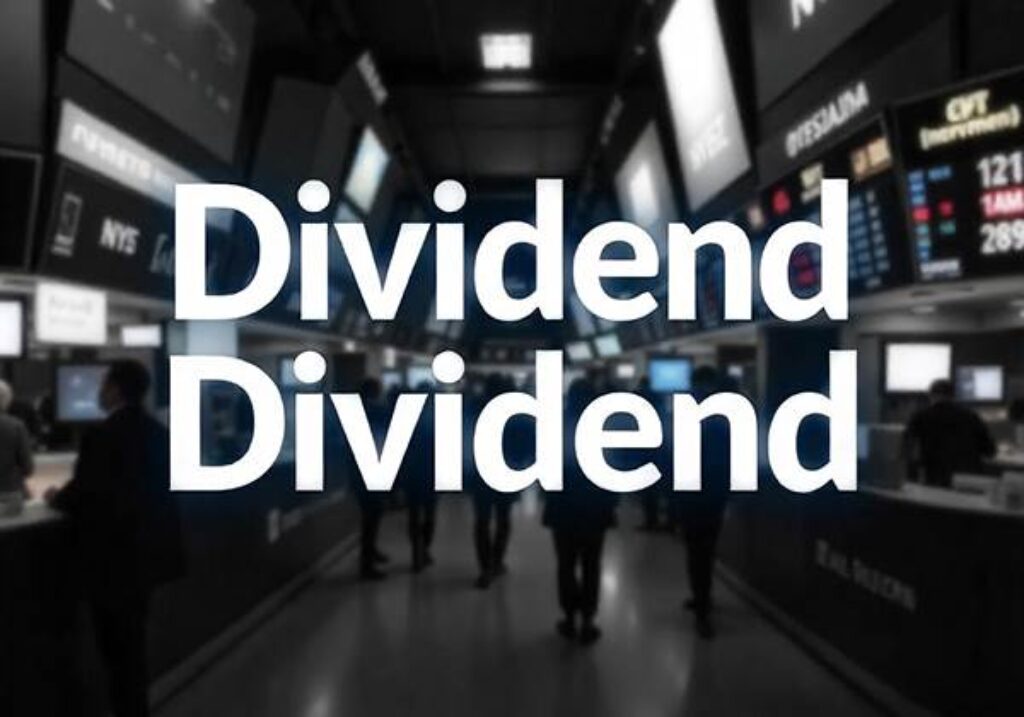Dividend Share Dividend Explained: How It Works and What Investors Should Know
Introduction
If you’re new to investing, you’ve likely heard the term dividend share dividend and wondered what it means. In this guide, we’ll explain everything you need to know about dividend share dividends — from the basics to how they affect your portfolio.

What is a Dividend Share Dividend?
A dividend share dividend is a type of dividend payment made in the form of additional shares, rather than cash. Instead of receiving a monetary payout, investors are issued new shares based on the number of shares they already own.
For example, if a company declares a 10% dividend share dividend, and you own 100 shares, you’ll receive 10 additional shares.
This type of dividend is also known as a stock dividend or bonus share.
Why Do Companies Issue Dividend Share Dividends?
Companies may opt for share-based dividends instead of cash for several reasons:
- Conserve Cash: Useful when a company wants to reward shareholders but retain cash for operations.
- Signal Confidence: Issuing more shares shows that the company expects future profitability.
- Increase Liquidity: A larger number of shares in circulation can improve trading volume.
How Does a Dividend Share Dividend Work?
Here’s a simplified breakdown of how a dividend share dividend is executed:
- Record Date: You must own the shares by this date to receive the bonus shares.
- Ex-Dividend Date: After this date, new buyers won’t be eligible for the dividend.
- Issue Date: This is when the new shares are credited to your demat account.
Note: Your total investment value usually remains the same, as the stock price adjusts proportionally to the increase in share count.
Example of a Dividend Share Dividend
Let’s assume:
- You own 200 shares of XYZ Ltd.
- The company announces a 20% share dividend.
You will receive 40 extra shares (200 × 20%).
Total shares after dividend = 240 shares.
If the share price was ₹100 before the dividend, it may adjust to ₹83.33 after the dividend to reflect the increased supply.
🔍 Difference Between Cash Dividend and Share Dividend
| Feature | Cash Dividend | Dividend Share Dividend |
|---|---|---|
| Paid In | Cash | Additional Shares |
| Affects Liquidity | Yes (payouts cash) | No (retains cash) |
| Tax Treatment | Taxable | Generally not immediately taxed |
| Ownership Impact | No new shares issued | Dilutes EPS but increases shares |
Benefits for Investors
Gain more shares without extra investment
Helps in long-term compounding
May be tax-efficient (based on local rules)
Positive signal from management
Things to Consider
- Dilution of Earnings: EPS may drop temporarily due to increased share count.
- Price Adjustment: The market price adjusts after issuing new shares.
- No Cash Flow: Doesn’t help if you’re relying on cash income.
Conclusion
A dividend share dividend is a great way for investors to increase their shareholding without spending money. While it doesn’t provide immediate cash, it can amplify long-term returns and reflect a company’s confidence in its growth.
Understanding dividend strategies is essential for building a smart portfolio. Make sure to read financial statements and check dividend histories before investing.







